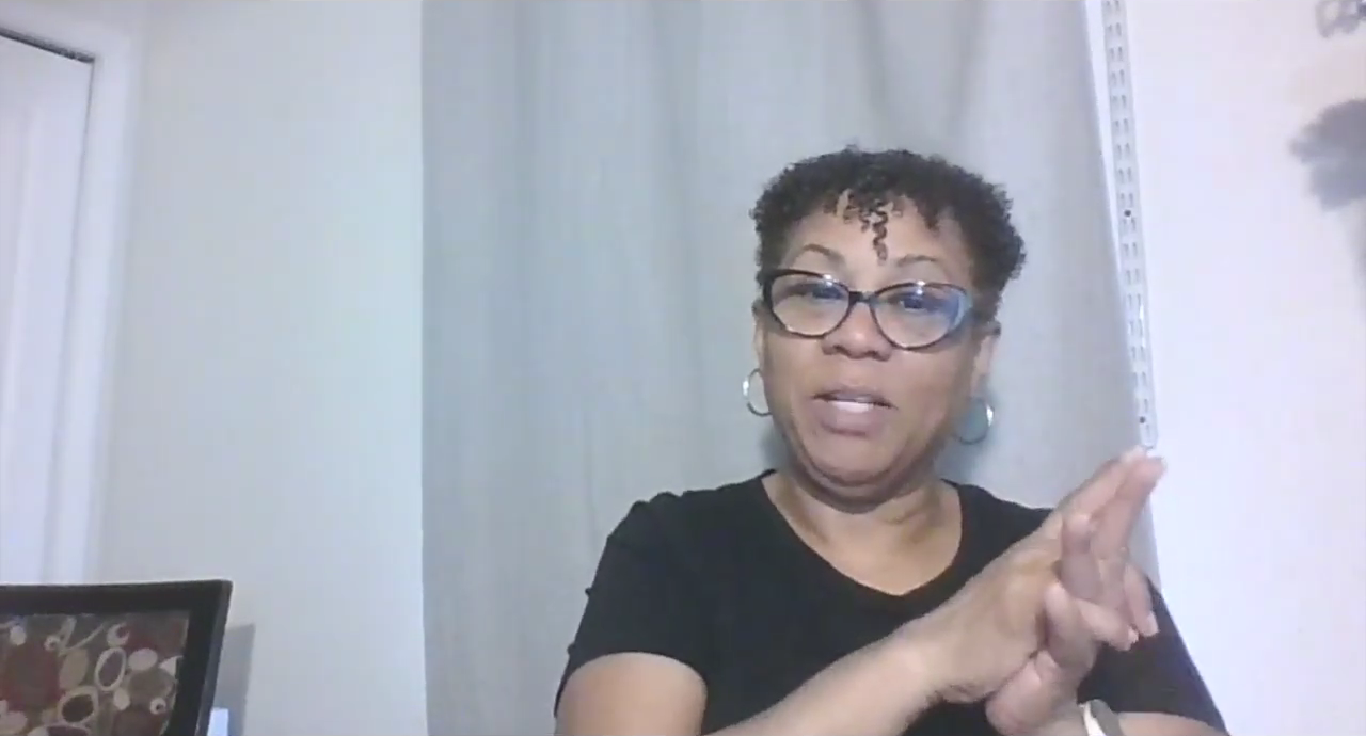Maximizing Q4 Sales and Profitability for E-commerce Businesses
The ecommerce landscape is ever evolving, which means new problems are constantly arising. This year, many businesses face challenges and are pinning hopes on Q4 to rejuvenate their sales. Adobe predicts a 4.8% growth in online spending this holiday season, reaching a whopping $221.8 billion. This forecast indicates a leap from last year’s 3.5% increase, which is welcome news.
Still, many ecommerce business owners are having doubts that the surge of holiday sales can boost them enough this year. So, how can ecommerce businesses ensure they not only boost sales but also maximize profitability?
Smart Ad Spend
One huge component of both sales and profit is your advertising spend. Think about the following questions:
Am I matching my advertising to my inventory levels? Why spend money advertising items where you may run out of stock? As you forecast your inventory also adjust your ad spend. What are you trying to achieve; lots of sales or profitable sales and avoiding a stock out?
Do you plan your advertising and inventory purchases individually or as a portfolio? It’s vital to understand how your cash will be impacted by your inventory purchases. Your products will have varying gross margins (Cost of goods sold divided by revenue times 100) and will also have different sales velocity and different demands on your cash based on their costs, minimum order quantities and lead times.
Work to ensure you are protecting your cash by avoiding high-cost items that sell slowly and require large upfront orders. Your cash will be sitting in your warehouse or going to ads. Look for those items with great margins, low costs and sell fast and that you can restock quickly. It will be a big bonus if the item sold without a huge ad spend. Evaluate all your products this way and then compare them and develop an overall plan for your portfolio of products.
Am I getting a return on my advertising dollar? Track your media efficiency ratio throughout the year. It’s a simple calculation of Revenue (for a specific time period) divided by advertising spend (for the same time period). If you calculate it every month you will start to understand the trends as you test changes in one channel or one ad each month.
The Competitive Ad Landscape
Don’t attempt to do too much at a time. To understand the impact of your change, you need to limit the change to one thing and monitor it. I have had many sellers experiencing a cash crunch and they decide to cut one of their ads only to see a slight drop in sales and a huge increase in profit.
Seth Godin in his blog on October 5, 2023, explained the challenge this way:
…”competitive pressures make the really good deal into one that it’s hard for a company to live with. Now, instead of $40 to get a click, it costs $50 or $60 or $80. DTC companies end up raising baskets of money and spending just about all of it on social media and online ads, payments to influencers, etc., losing money on every customer.”
He goes on to say “the fundamental strategy cannot thrive in a competitive environment. Someone will always be willing to outbid you for attention. Someone will always be willing to lose just a bit more money than you. The path forward is very different. Your (current) customers need to bring you your (new) customers.”
Rethinking Advertising Strategies
To this very point, I appeared as a podcast guest this week and the host shared that he was seeing challenges across ecommerce businesses with profitability. In one of his own businesses, he cut out all ads on a certain platform. To his surprise, sales dropped only slightly for the month, but his net profit increased to five figures. He then began to experiment and manage his ads for profitability.
When I look at the database of our clients together and compare those with a high advertising spend, I can easily see that they are also lower in profits. Unfortunately, when I compare the revenue of those with high ad spend against those with low ad spend, I don’t see a bump up in revenue.
It’s a small data sample so it’s somewhat anecdotal. When I couple this data with the experiences I see clients having and with explanations from marketing masters like Seth Godin, I believe marketing spend deserves a careful look and a strategy that includes experimentation.
In the dynamic world of ecommerce, staying ahead requires constant adaptation. Businesses must strike a balance between aggressive advertising and sustainable profitability. As the year-end approaches, it’s the perfect time for ecommerce entrepreneurs to reflect, strategize, and set the stage for a profitable future.
Interested in Profit First?
If your ecommerce business isn’t where you’d like it to be in terms of profitability, check out my book, Profit First for Ecommerce Sellers. It answers important questions about how to implement Profit First in an ecommerce business. Take control of your money and your business, and put Profit First to work for you!
You can also sign up for the Profit First for Ecommerce Sellers Online Course. As a Mastery Level, Certified Profit First Professional, I will teach you why Profit First works so well for ecommerce businesses and the particular challenges for businesses that have physical products requiring inventory management. You will learn how your behavior drives your money management habits for your business and how you can set up your business bank accounts to work with your habits.
Check out all our ecommerce accounting and profit advising services here!
Try InventoryLab Today
30 Day Free Trial
Save time and money by streamlining your Amazon business. Source, List, Ship, and Analyze all in one place.
Get Started
Comments(0)